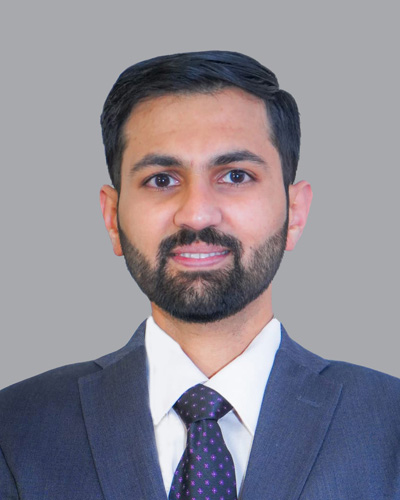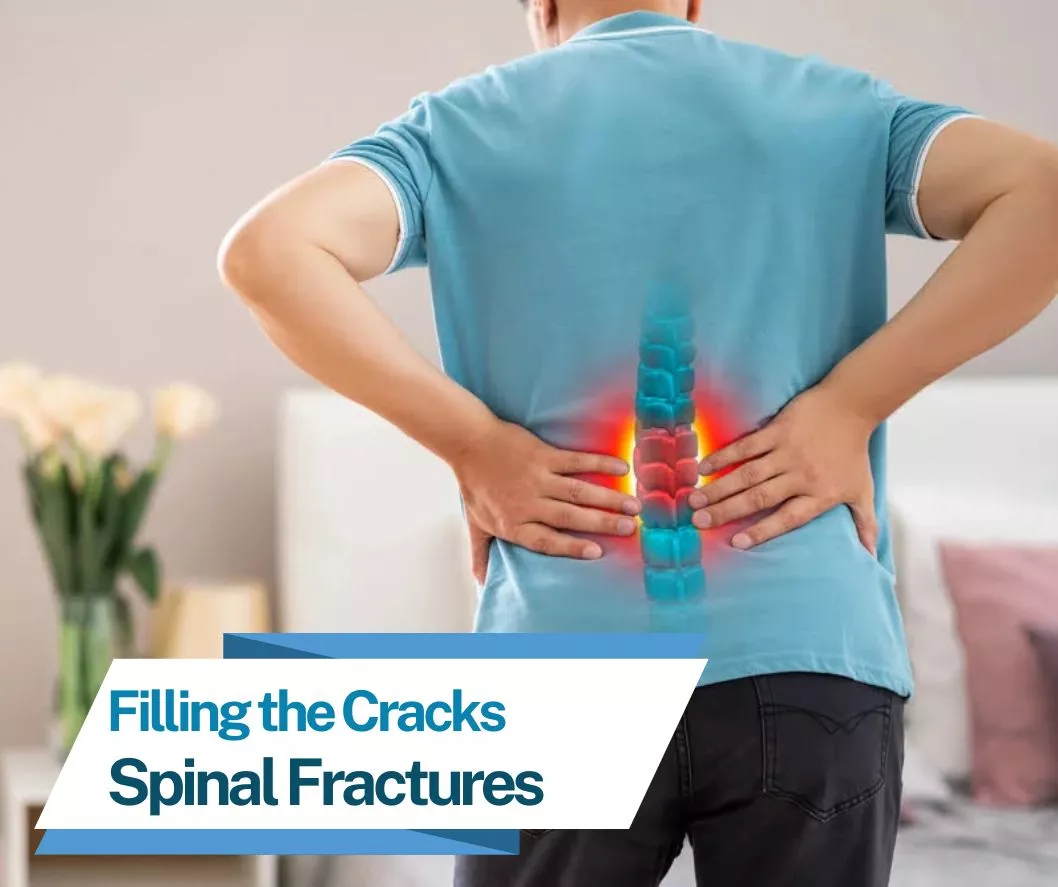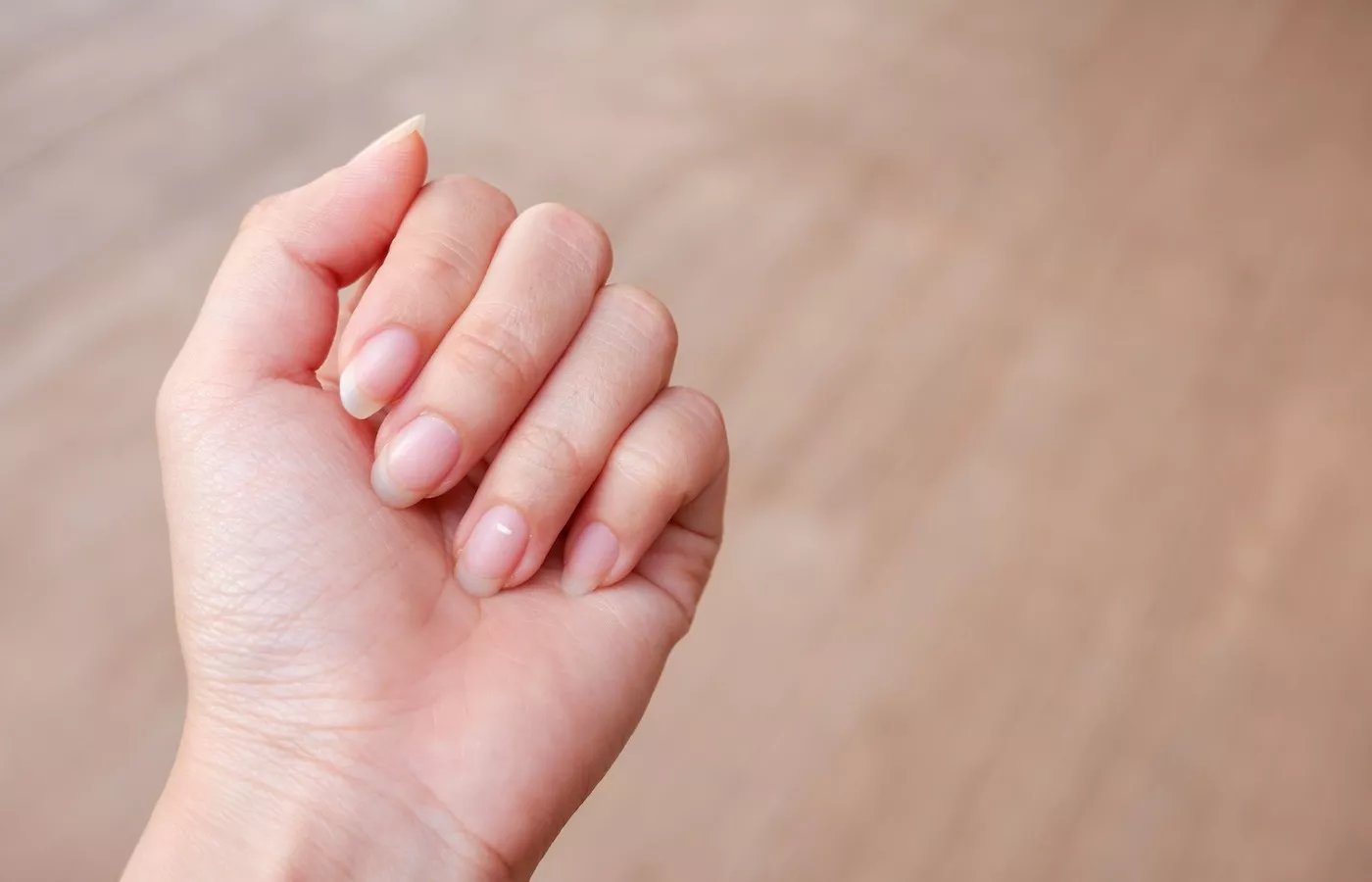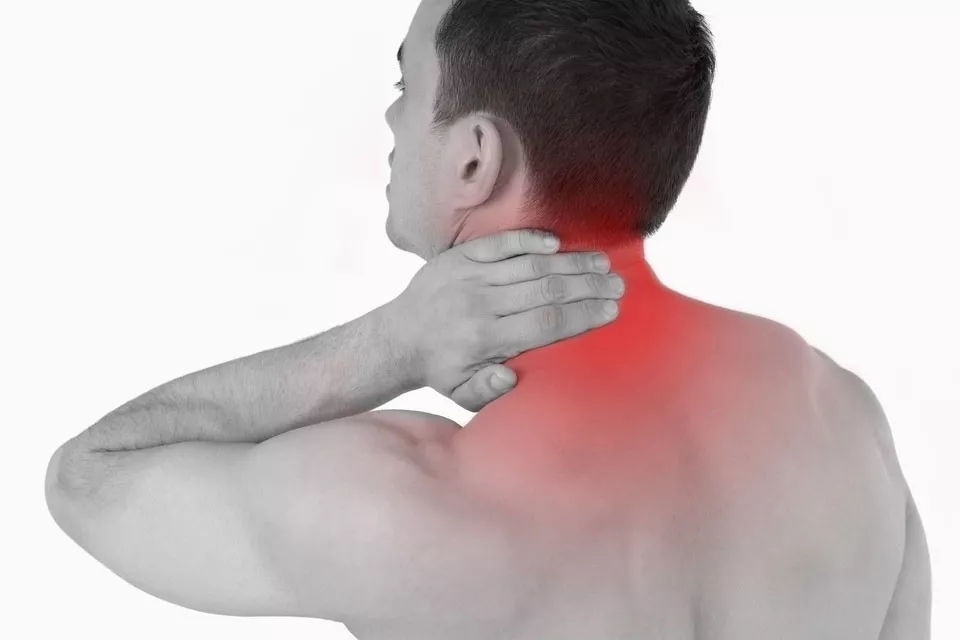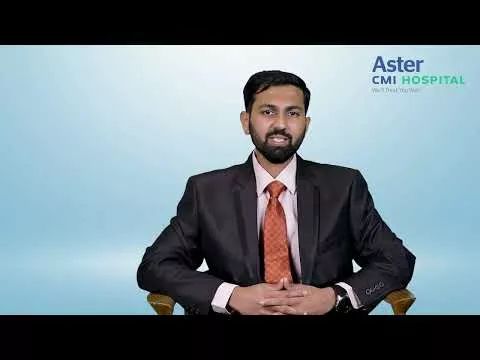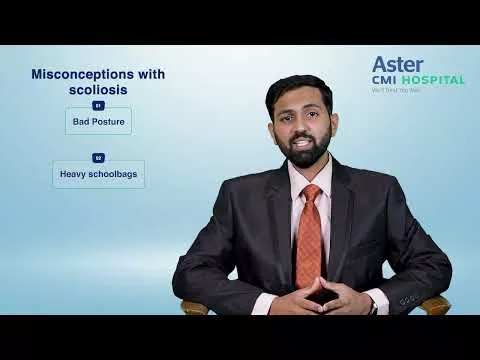Scoliosis, characterized by an abnormal sideways curvature of the spine, affects millions globally. While the cause often remains a mystery, treatment options exist to manage the condition and improve quality of life. If you’re seeking expert care for spinal conditions, you can consult a reputed Orthopedic Hospital in Hebbal Bangalore for specialized scoliosis management.
Non-Surgical Management: The First Line of Defense
For many scoliosis cases, especially those with mild curvatures, non-surgical approaches are the preferred course of action. These methods focus on preventing curve progression and maintaining spinal alignment and are usually in the form of observation, bracing and physical therapy. Here's a closer look:
- Observation: Regular monitoring through checkups and X-rays is crucial, especially for children with mild curves during growth spurts.
- Bracing: Custom-designed braces can gently guide the spine's growth, preventing further curvature in growing children with moderate curves.
- Physical Therapy: Specific exercises tailored by a physical therapist can strengthen core muscles, improve posture, and manage pain associated with scoliosis.
Some common questions:
Is surgery necessary in all cases of scoliosis?
Scoliosis is mostly a progressive condition. However, if detected early, during the initial stages, and in children who are very young or have mild curves (less than 20 degrees), it may be worthwhile to try observing for documented progression – either clinically or with serial X-rays. Bracing may also help in such cases to try and mitigate the rapidity of progression.
Is it OK to have so many X-rays?
X-rays will be required to check the progression of scoliosis. Although there may be minor ill-effects with frequent X-rays, these can be minimized by using low dose radiation and by specific limited views to avoid unnecessary exposure.
What does a brace do and how long should it be worn?
Scoliotic curves do not get straight on their own – they invariably tend to progress. In certain cases – moderate curves (curves 20-40 degrees) or small curves with documented progression (increased by 5 degrees) or very young child with lot of growth potential left, bracing can help to keep it from getting worse.
Research has shown that the longer a brace is worn, the more effective it is. Most braces are recommended to be worn at least 16-18 hours a day. There are also some night-only braces that can be worn only while sleeping, but there is insufficient evidence to prove their efficacy. Yet, despite bracing, in some cases, the curve may continue to grow larger.
Will the spine become straight again?
Studies have shown that in these cases, if a brace is worn until the spine is fully grown, surgery may be avoided. While the spine doesn’t become straight, once the brace is removed, the curve will eventually go back to what it was – an acceptable curve.
Spinal deformity correction surgery is the only thing that will straighten out the spine, but it will not make it completely straight. Surgery will also stiffen the spine and is therefore reserved for more severe deformities.
What about physiotherapy or yoga?
There is some evidence to show that physiotherapy or yoga in the form of stretches and strengthening exercises may help the spine to look straighter and improve breathing. However, there is little evidence at present to show that this alone is effective in stopping the curve from getting worse during growth. If there is back pain in addition to your scoliosis, specific targeted exercises may help address those needs.
What if no treatment is done – what will happen to the curve?
Depending on patient age and curve size, there is a strong association with progression of scoliosis curve. Bigger curves (greater than 30 degrees) in younger children are the most concerning for progression. Once the spine has fully grown, if the curve is still less than 30 degrees, it may tend to stay the same, while if the curve is more than 50 degrees, it can worsen by about 1 degree per year.
Surgical Intervention: When Non-Surgical Methods Aren't Enough
In severe cases, where the curvature is significant (often exceeding 40-50 degrees), rapidly progressing, or causing breathing difficulties, surgery may be recommended. Here are the main surgical options:
- Deformity correction surgery: This procedure involves permanently joining vertebrae together by placing implants along with bone grafts to halt curve progression and straighten the spine.
- Growing Rods: For younger patients whose spine is still growing, expandable rods can be implanted to lengthen the child, gradually correcting the curvature.
Choosing the Right Path: Individualized Care is Key
The decision between surgical and non-surgical treatment for scoliosis is highly individualized. Factors like the severity of the curve, age, and potential for growth all play a role. Consulting with experienced Orthopedic Surgeons in Hebbal, Bangalore ensures a thorough evaluation and personalized treatment plan based on your unique condition.
Aster CMI Hospital: Experts in Personalized Scoliosis Care
Aster CMI Hospital's Neuro Surgery and Spine Surgery department boasts a team of highly skilled and experienced surgeons who understand the complexities of scoliosis. They employ a patient-centric approach, meticulously evaluating each case to determine the most appropriate treatment plan. Whether you require non-surgical management or are considering surgery, Aster CMI Hospital's specialists will guide you through every step of the process. They offer advanced surgical techniques minimally invasive approaches whenever possible, to ensure optimal outcomes and a faster recovery for their patients.

